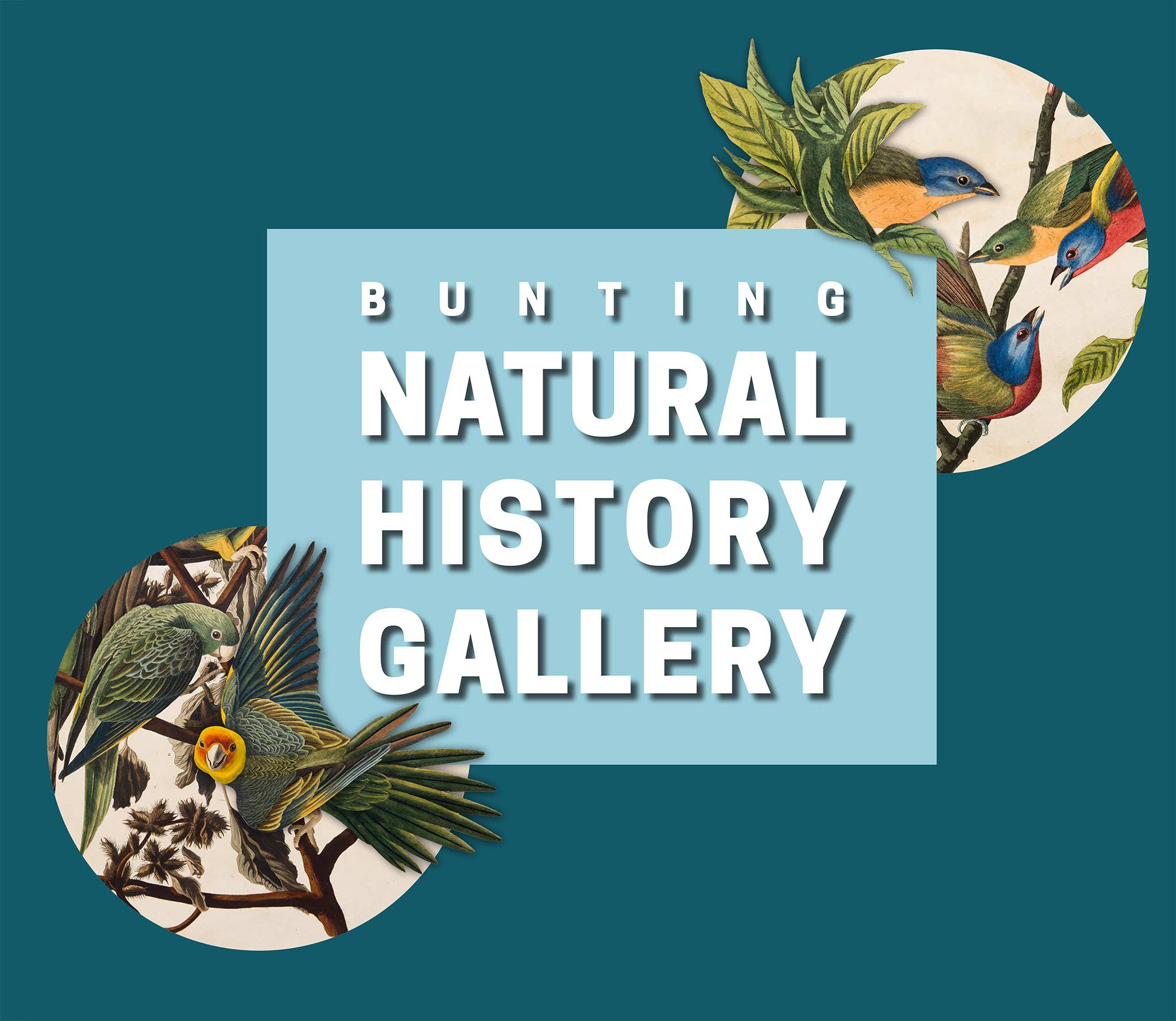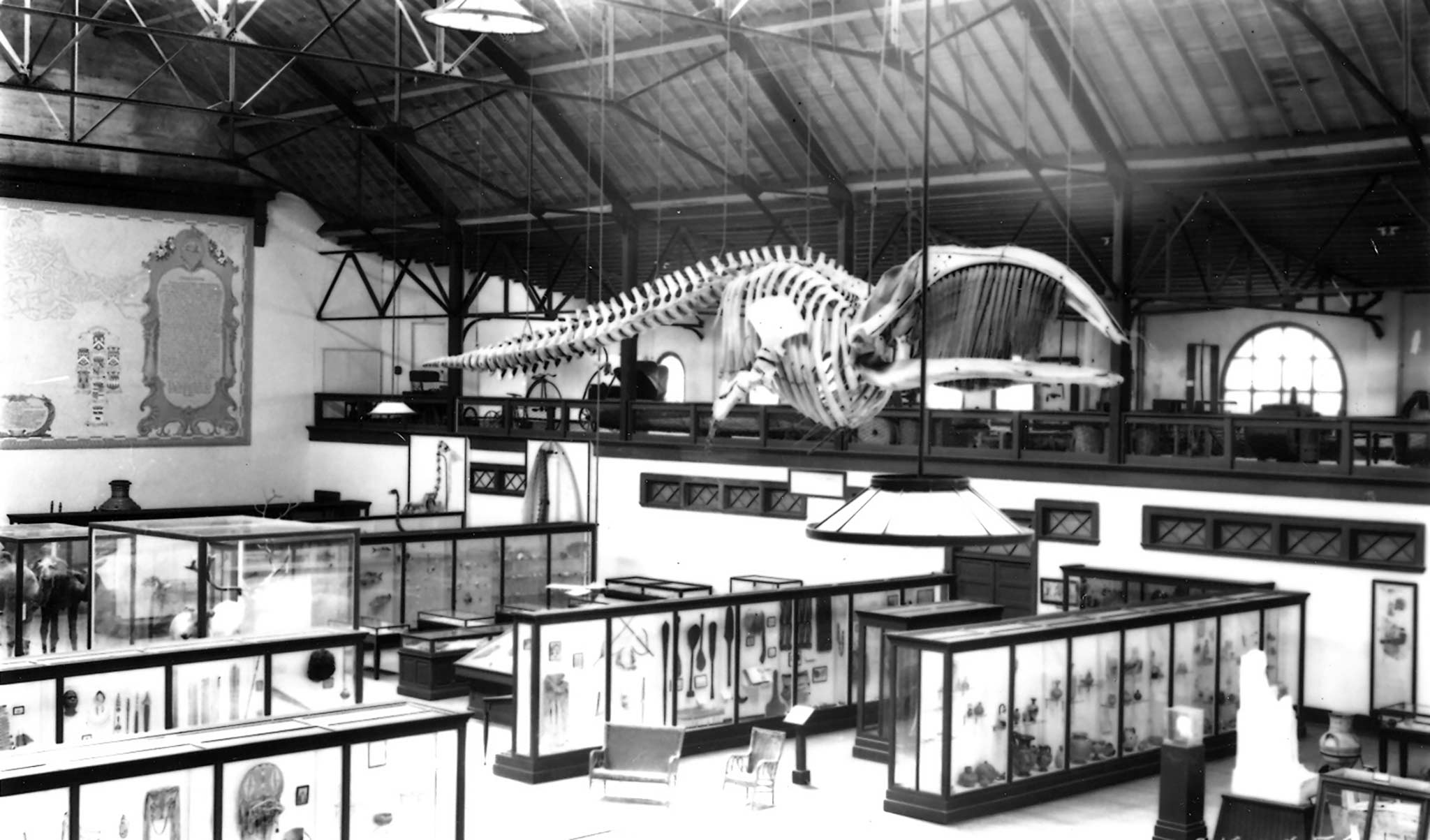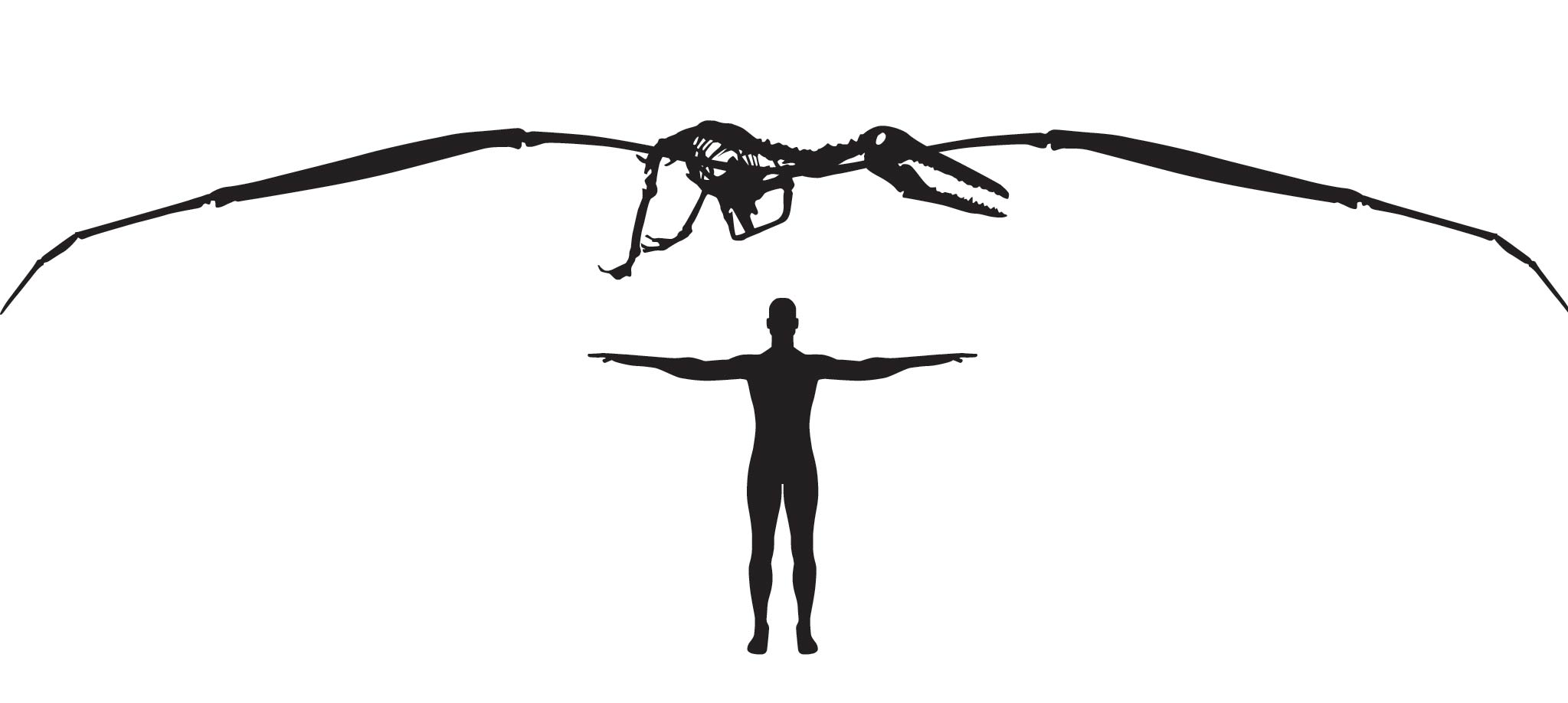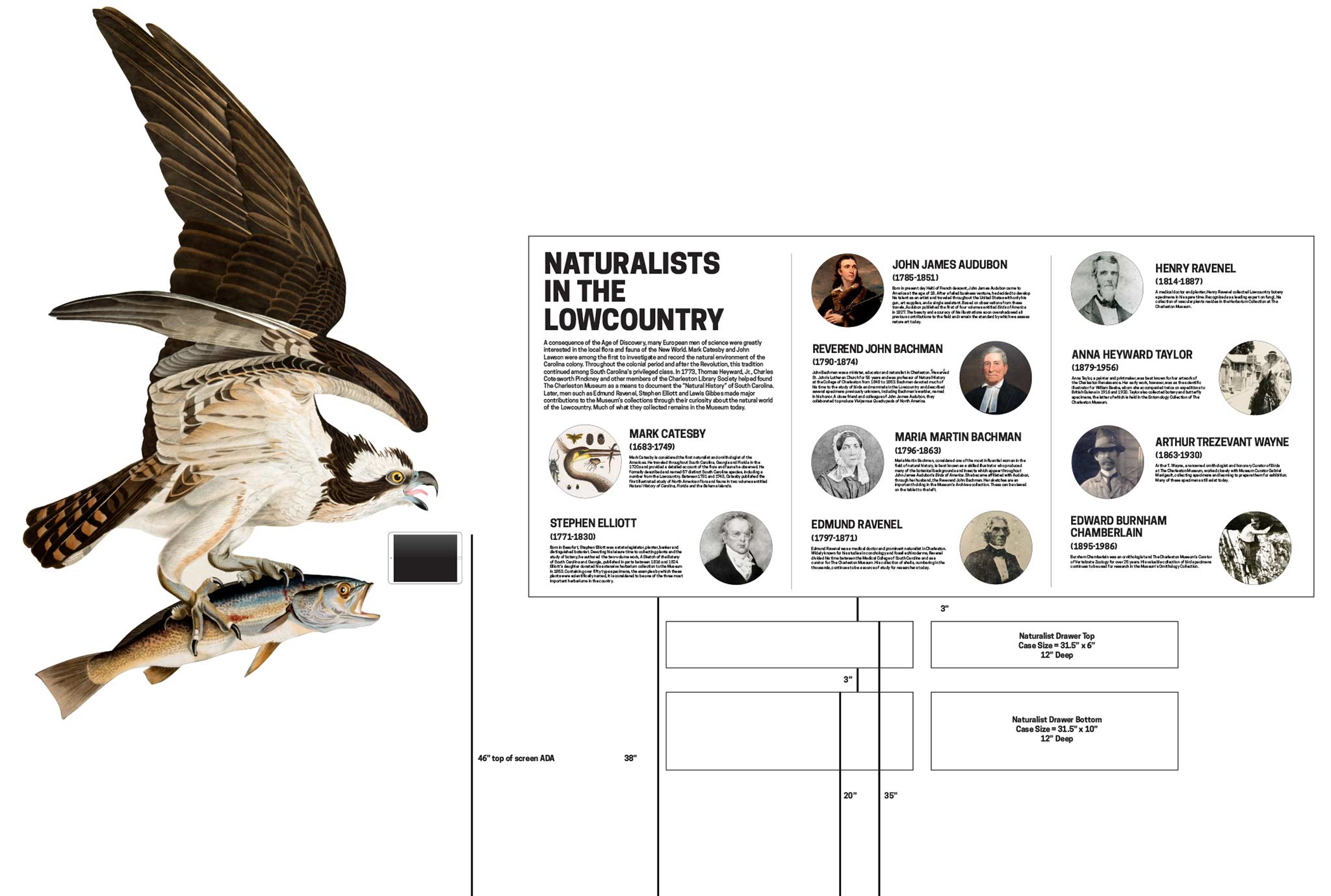The Museum’s New Bunting Natural History Gallery: A Return to Our Roots
By Carl P. Borick, Director
The Board of Trustees and staff of the Charleston Museum are excited to announce the opening of the Bunting Natural History Gallery on September 23. In development and planning for over 2 ½ years, this is one of the most significant exhibition achievements at the Museum in several decades. Using the Museum’s outstanding collection of fossils, animal mounts and geologic materials, some of which have never been exhibited before, the new gallery will provide a comprehensive overview of Lowcountry natural history and be an excellent educational resource for our community.
In a sense, the Museum is returning to the roots upon which it was founded. When members of the Charleston Library Society conceived the idea of a “museum” in 1773, their goal was to create “a full and accurate natural history” of South Carolina. They asked “every gentleman who wishes well to the Undertaking…to procure and send to them, all the natural Productions, either Animal, Vegetable or Mineral, that can be had in their several bounds.” These original materials were destroyed by a fire in 1778 and for the next century of its existence most materials that came in to the Museum were collected from other parts of the world.
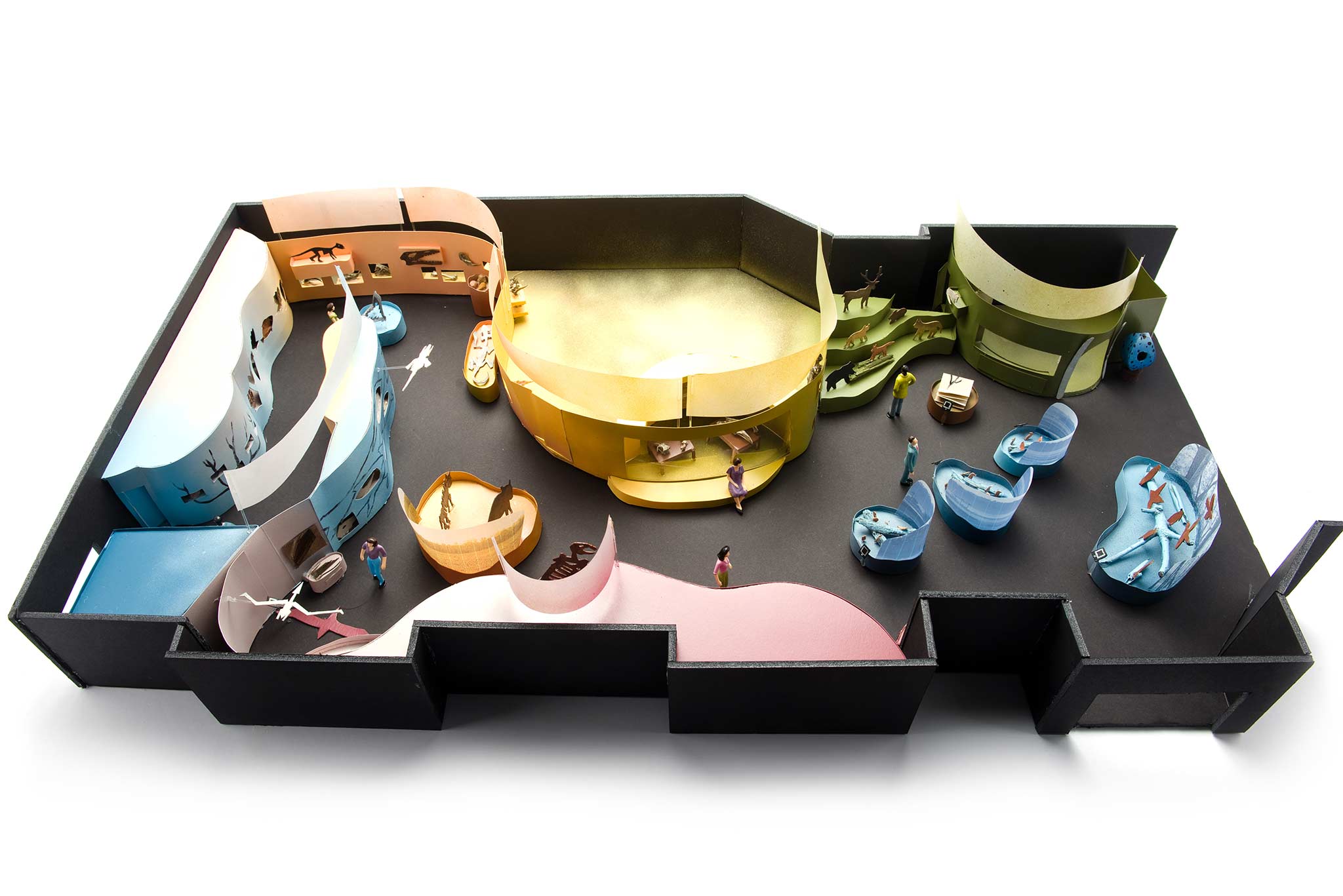 The Bunting Natural History Gallery now puts forth this “natural history” for a significant section of South Carolina – the Lowcountry – using materials collected locally as well as state and countrywide. The founders would have approved.
The Bunting Natural History Gallery now puts forth this “natural history” for a significant section of South Carolina – the Lowcountry – using materials collected locally as well as state and countrywide. The founders would have approved.
Comprising nearly 4,000 sq. feet, making it the largest in the Museum, the gallery will feature all new displays and a selection of natural history related objects unmatched in the Charleston area. Amazing discoveries will be encountered at every turn as guests make their way through the exhibits. One of the showcases will be a soaring cast of Pelagornis sandersi, the world’s largest known flying bird, whose fossils were discovered at the Charleston Airport in 1983. The Pelagornis exhibit will also feature computer generated animation showing what this creature would have looked like in flight and a touchable 3D reproduction of its jaw, with its bony tooth-like projections.
In the Pleistocene exhibit, a 15’ tall cast of a giant ground sloth skeleton will tower over an assortment of fossils from animals that lived here during the Ice Age. A Megalodon jaw cast will not only demonstrate the enormous size of this now extinct shark, but it will also be an excellent venue for selfies. Other highlights include fossil plants and invertebrates over 280 million years old, dinosaur fossils, pieces of meteorites, an 18’ extinct Lowcountry crocodile, fossils from newly described whale species, and recently restored mammal and bird mounts, which have seemingly brought these animals back to life. Tablets interspersed throughout the exhibits, meanwhile, will provide more detailed information concerning the Museum’s ornithology and mammal collections as well as display the artwork of Mark Catesby, John Audubon and Charleston’s own Maria Martin.
The gallery will also offer expanded learning opportunities such as study drawers with additional geologic, fossil and ornithological examples, a learning lab where curatorial staff can present programs and interact with guests, and a dedicated classroom for children’s activities. In designing the space, Museum educators and curators ensured that all interpretive objectives met state curriculum standards for science, providing the opportunity for increased numbers of school children to visit the Museum.
For the first time this remarkable collection of natural history materials has a cohesiveness to its presentation and the completion of the gallery allows the Museum to fulfill both the natural and cultural history legs of its mission in terms of exhibition. We are pleased to provide this wonderful educational experience to area residents and guests to Charleston, who visit us from every state in the U.S. and over sixty countries.


